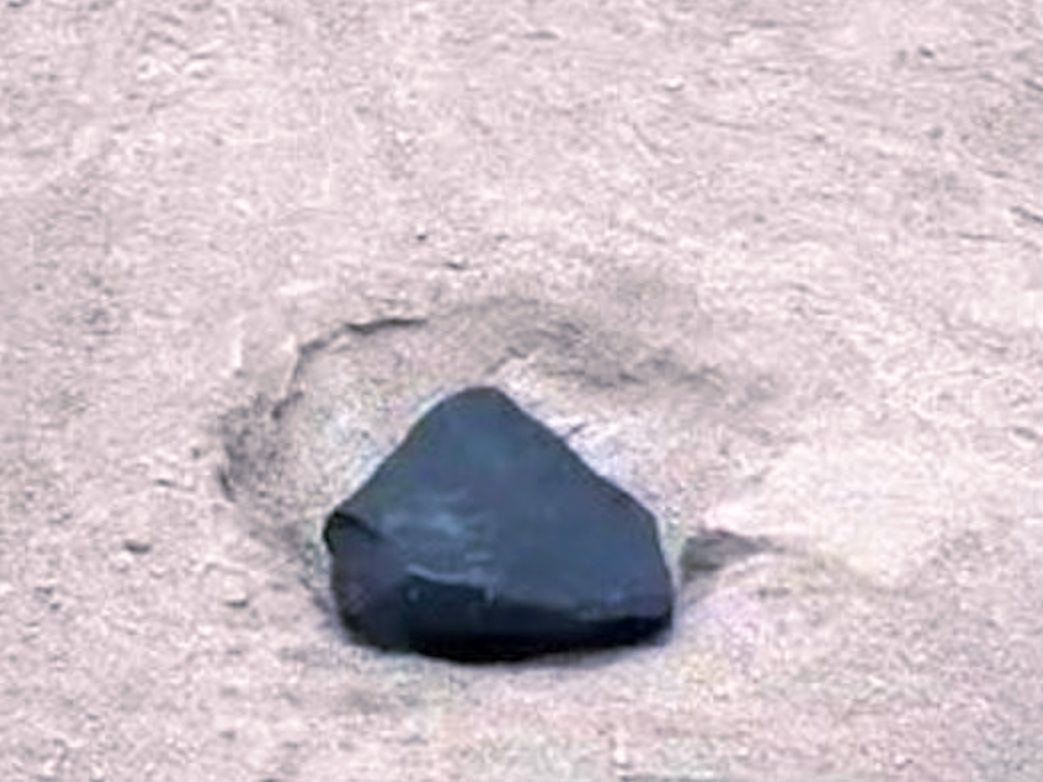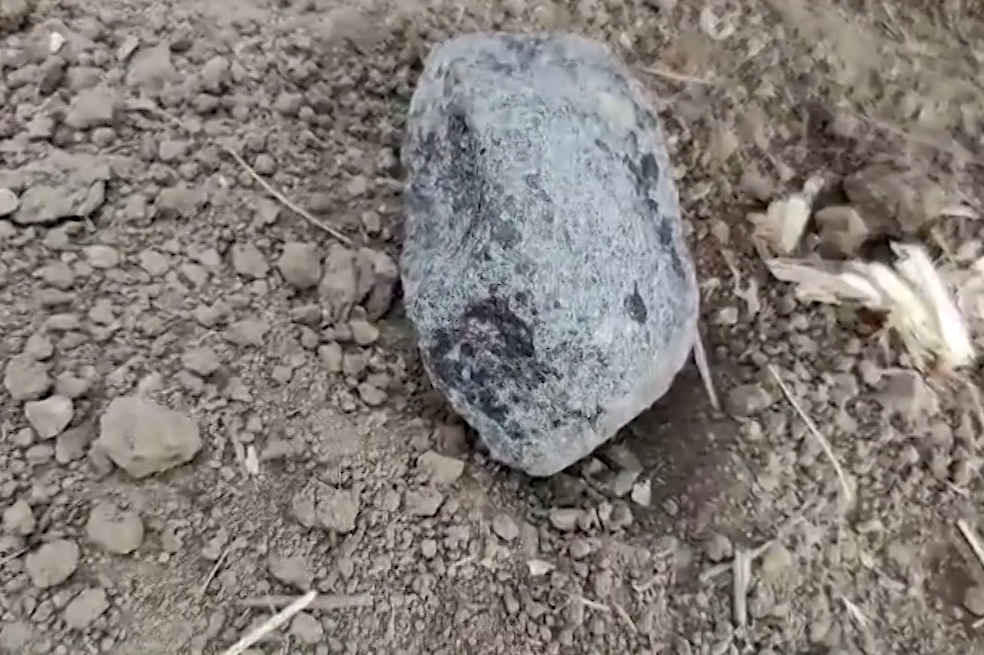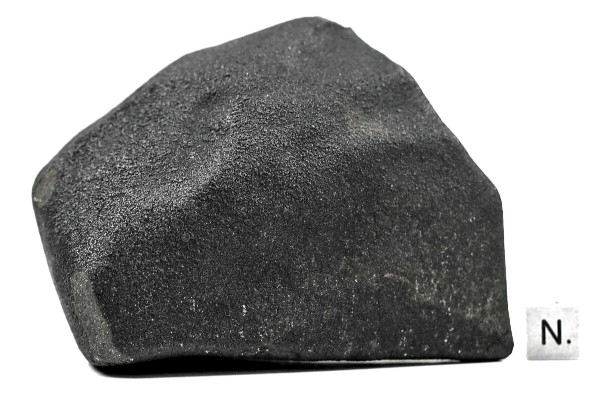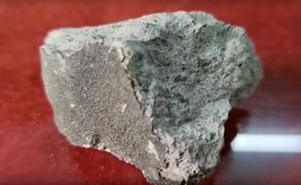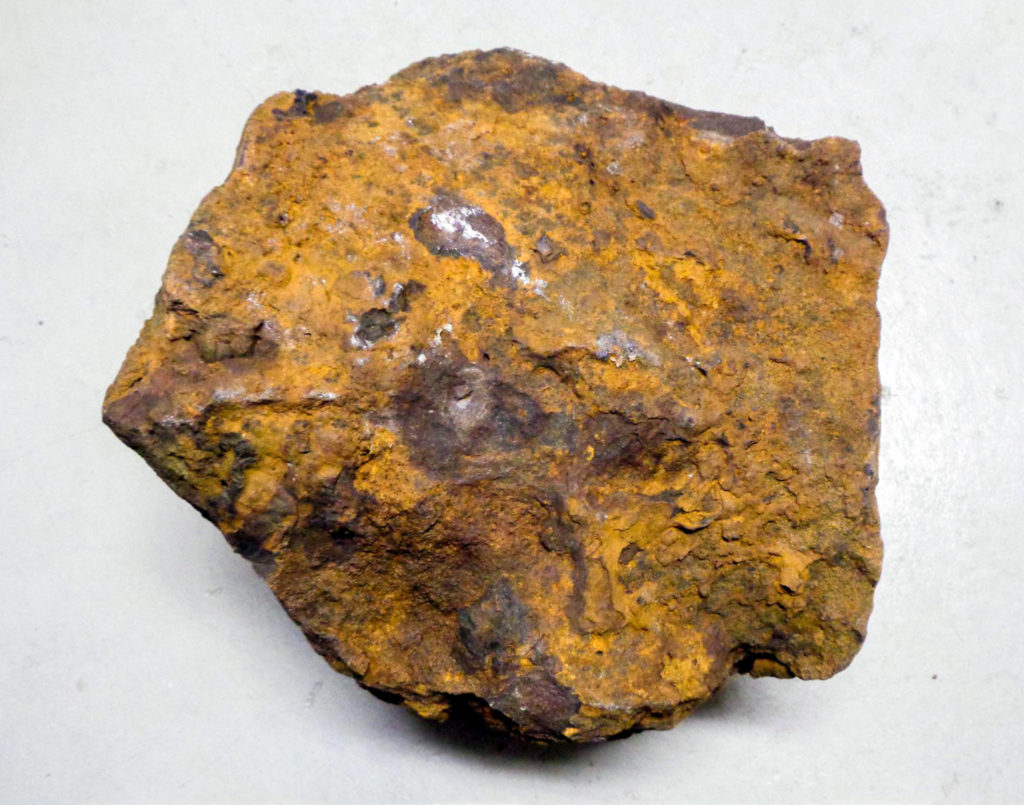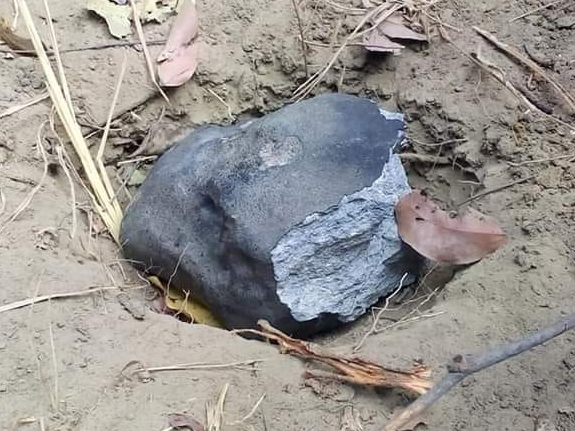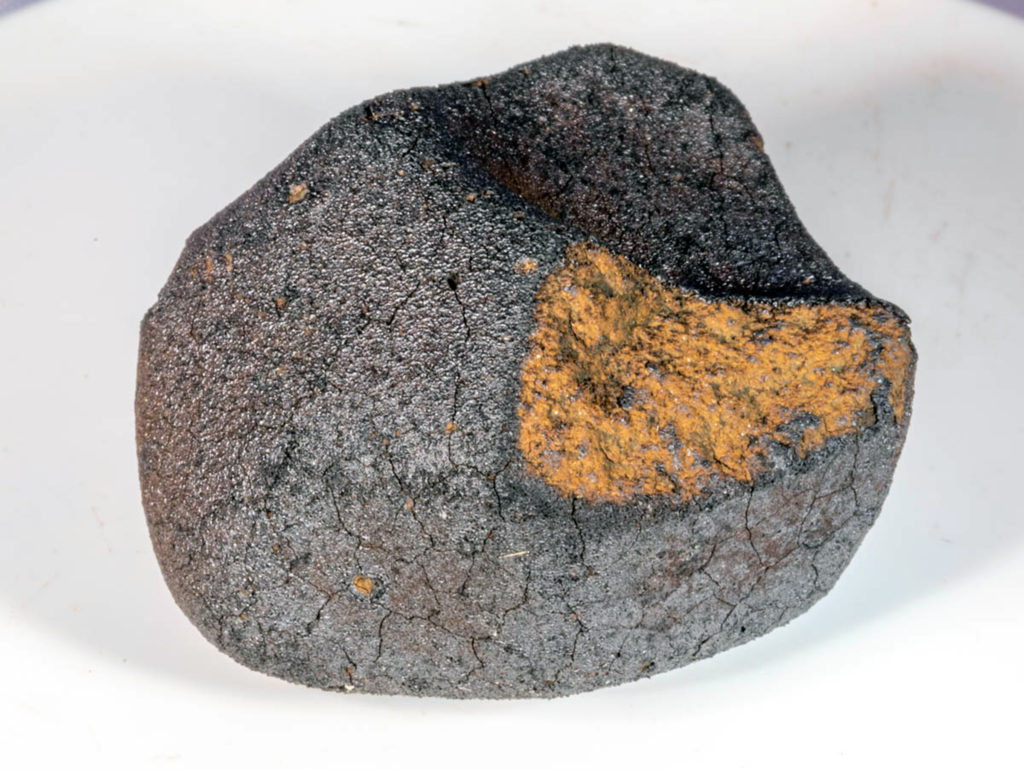A meteorite perspective on asteroid hazard mitigation
Derek W.G. Sears, Hazel Sears, Daniel R. Ostrowski, Kathryne L. Bryson, Jessie Dotson, Megan Syal, Damian C Swift
Planetary and Space Science
Review article
In Press, Accepted Manuscript, Available online 10 February 2016
doi:10.1016/j.pss.2016.01.016
“Meteorites, and their fall to Earth, have the potential to inform studies of the asteroid impact hazard and of impact mitigation. We describe six ways in which they have relevance to understanding the behavior of meteoroids in the atmosphere and thus impact mitigation. (1) Hundreds of meteorite falls have been described in the literature. While eyewitness observations are subjective, at their core there is unique information on which to build and test numerical models of an asteroid’s behavior as it passes through the atmosphere. (2) For 19 recovered meteorites, film or video recordings have been obtained and for most of these light curves have been derived which provide quantitative information on meteorite fall and fragmentation. (3) There are 188 known meteorite craters on Earth and in 10 cases fragments of the meteorite responsible have been recovered. In these cases numerical impact models can utilize the known properties of the projectile and the dimensions of the crater. (4) Studies of the meteorites provide information on their preatmospheric size, internal structure and physical properties (tensile strength, density, porosity, thermal conductivity etc.) which are essential for understanding the behavior of objects coming through the atmosphere. (5) The flow patterns on the fusion crust of the meteorite, and the shape of the recovered meteorite, provides information on orientation and physical behavior during flight. Petrographic changes under the fusion crust provide information on thermal history during the latter stages of flight. (6) The structure and composition of the so-called “gas-rich regolith breccias” provide information on the outermost layer of the parent asteroid from which the meteorites came. This information is critical to certain mitigation strategies. We conclude by describing initiatives for hazardous asteroid impact mitigation at Ames Research Center and Lawrence Livermore National Laboratory that will exploit and disseminate the information available from meteorites. This includes characterization of the meteorites likely to be analogous of incoming asteroids and the development of a website to advise the world-wide community of information available.”

